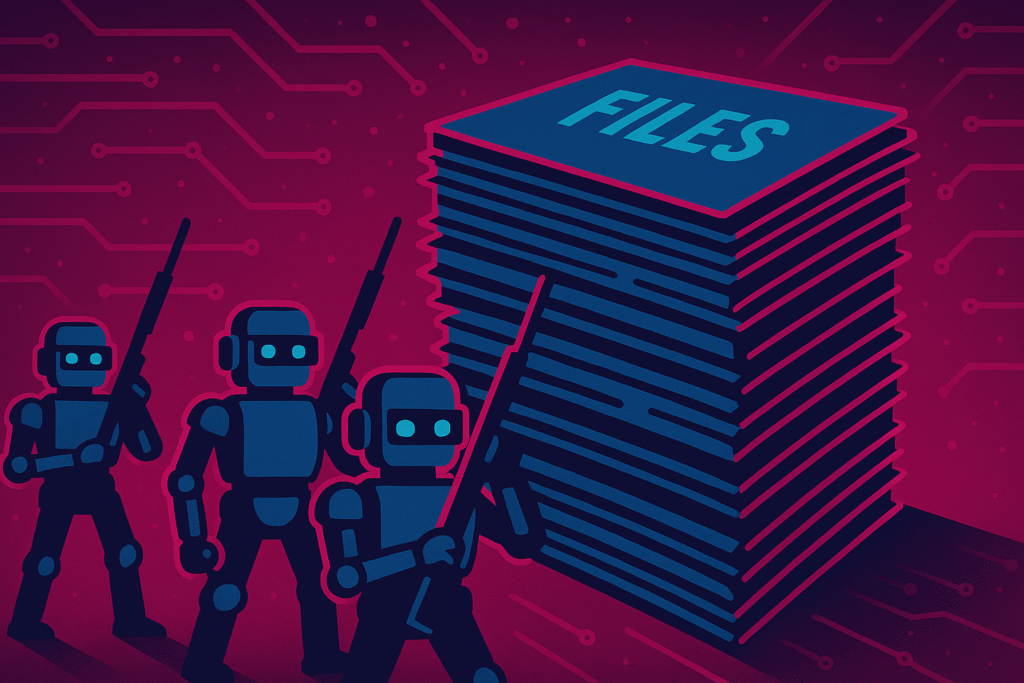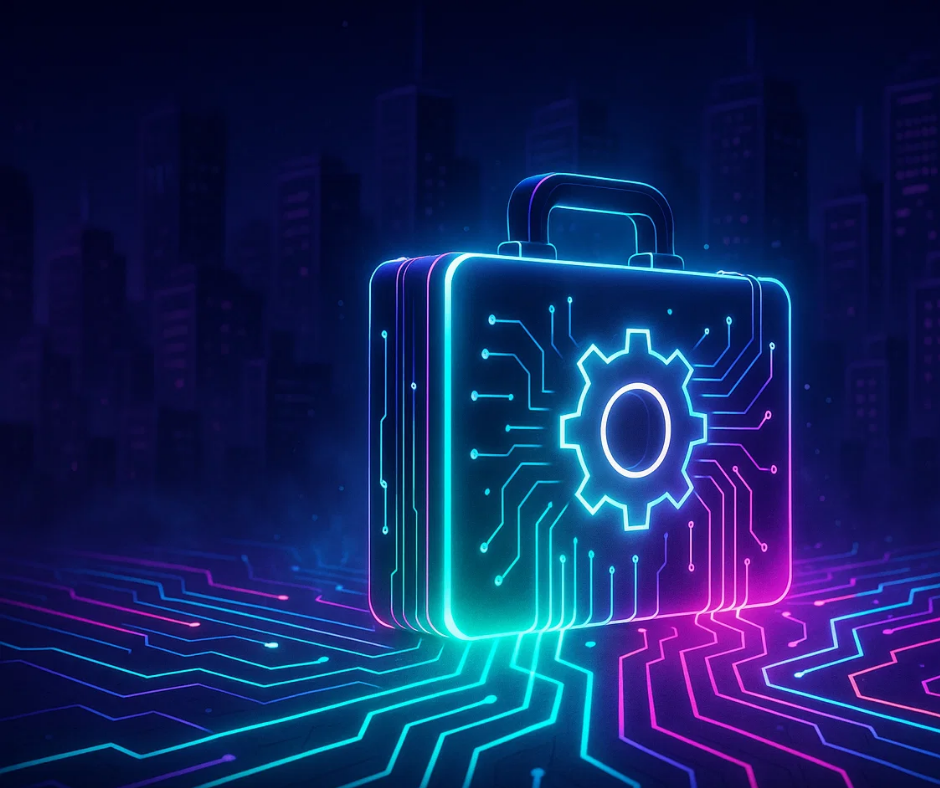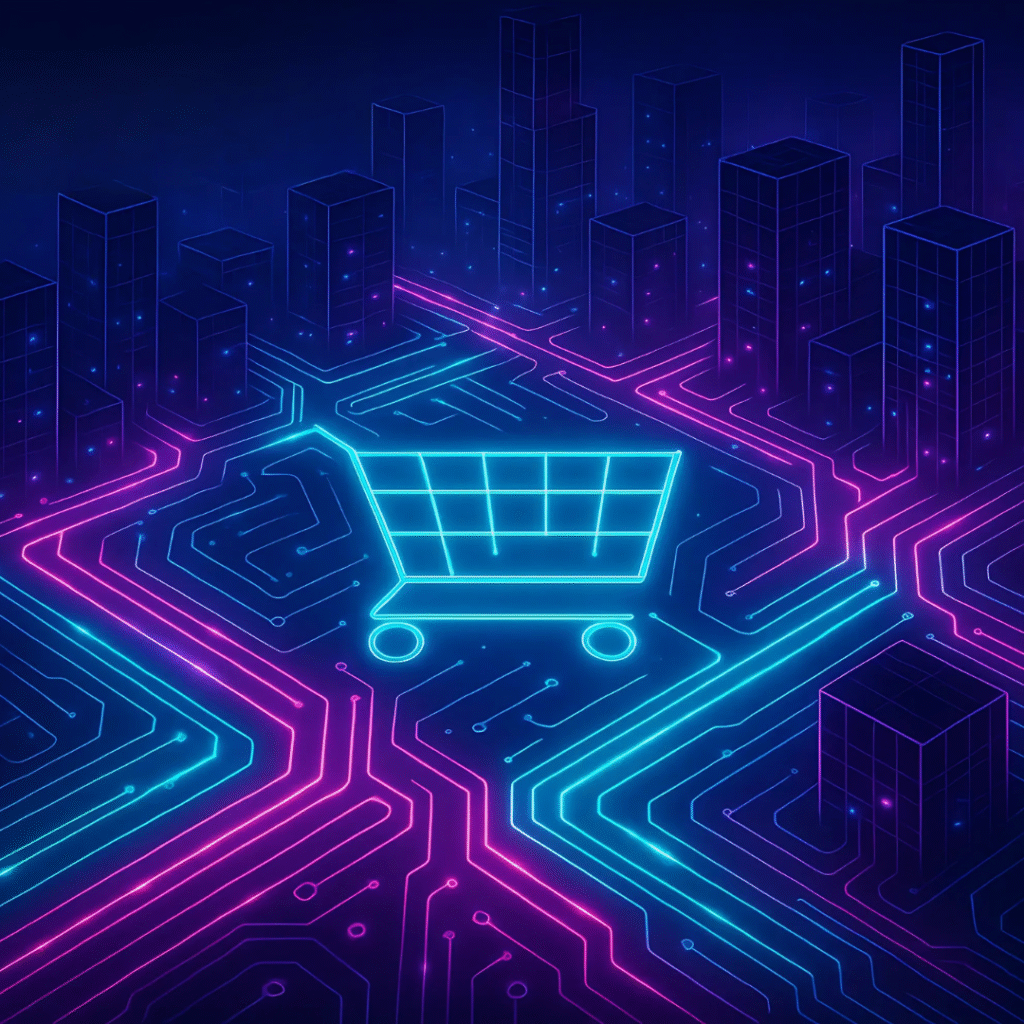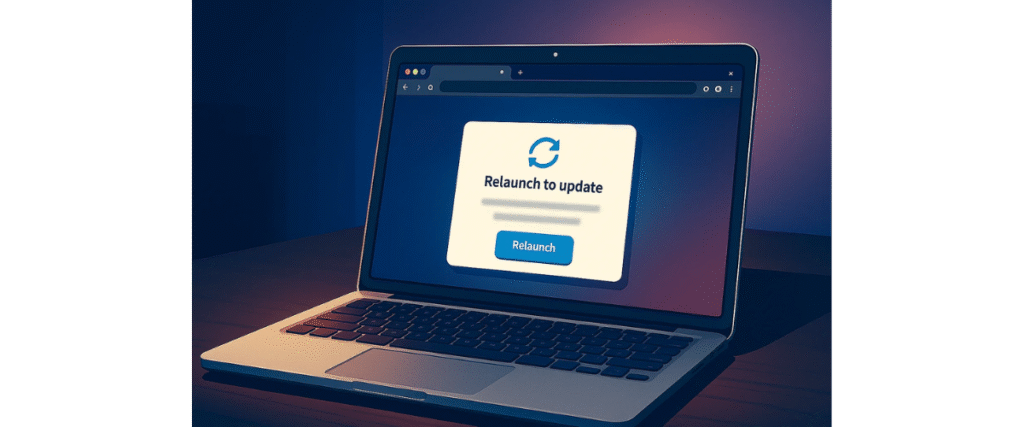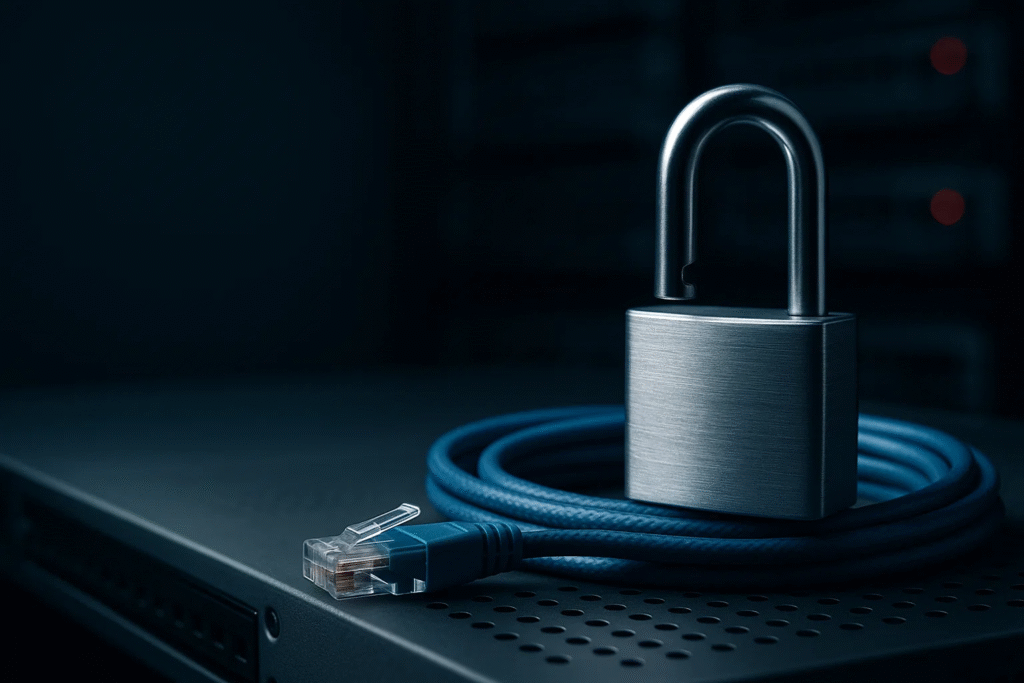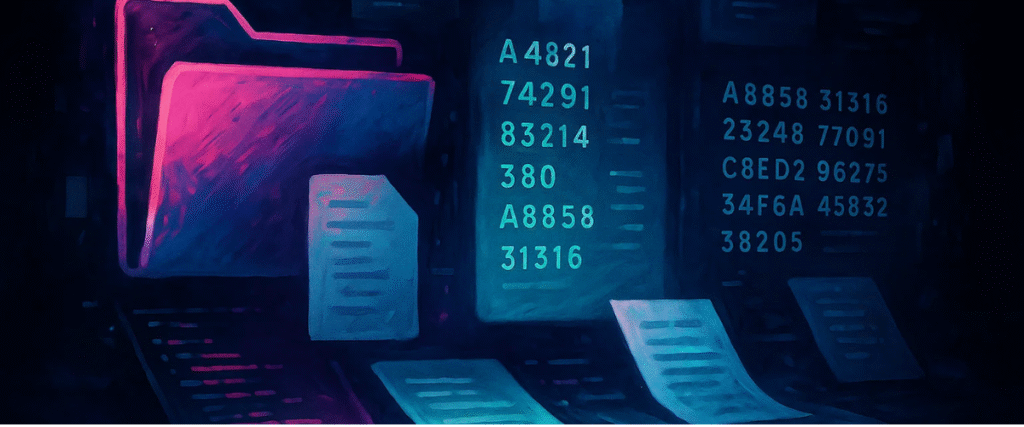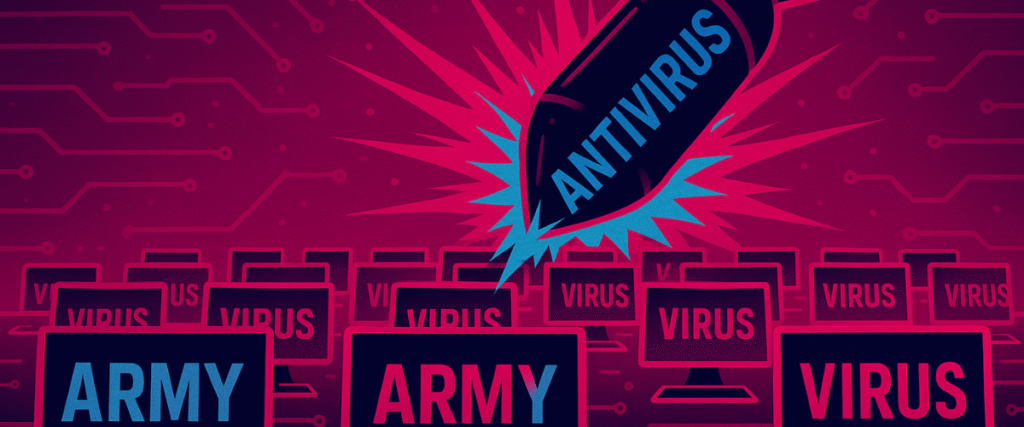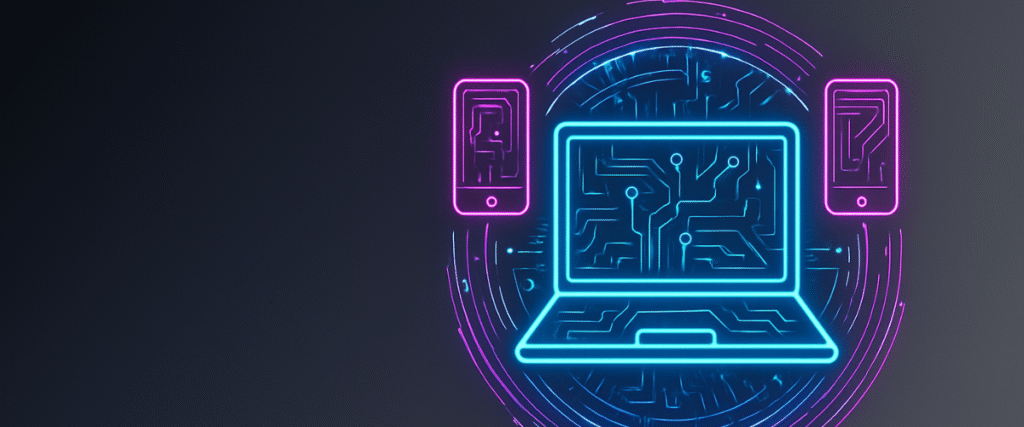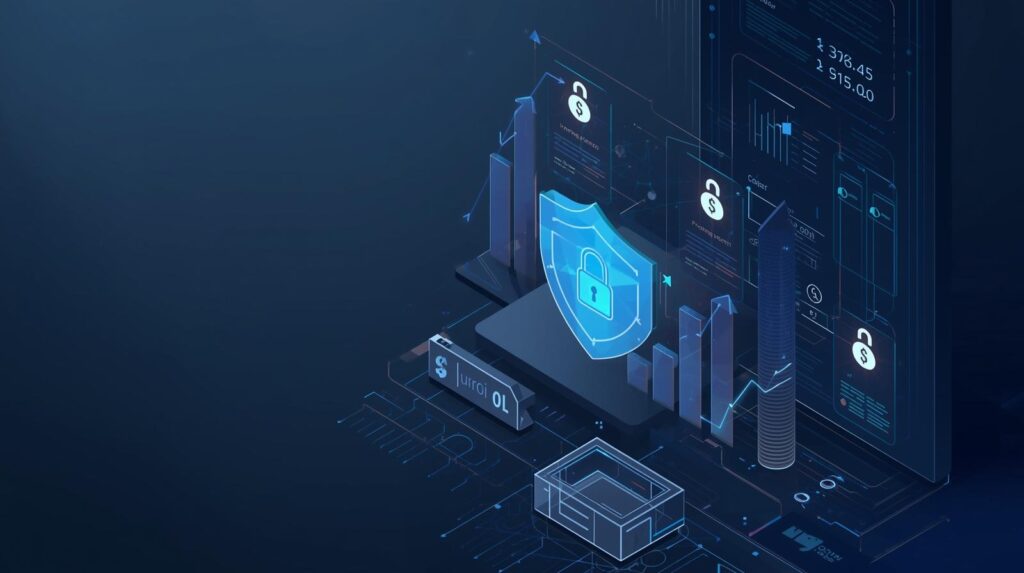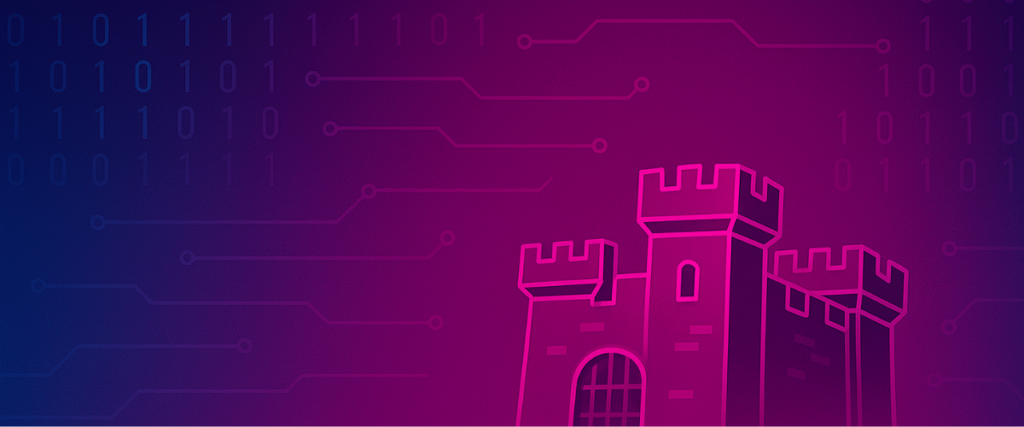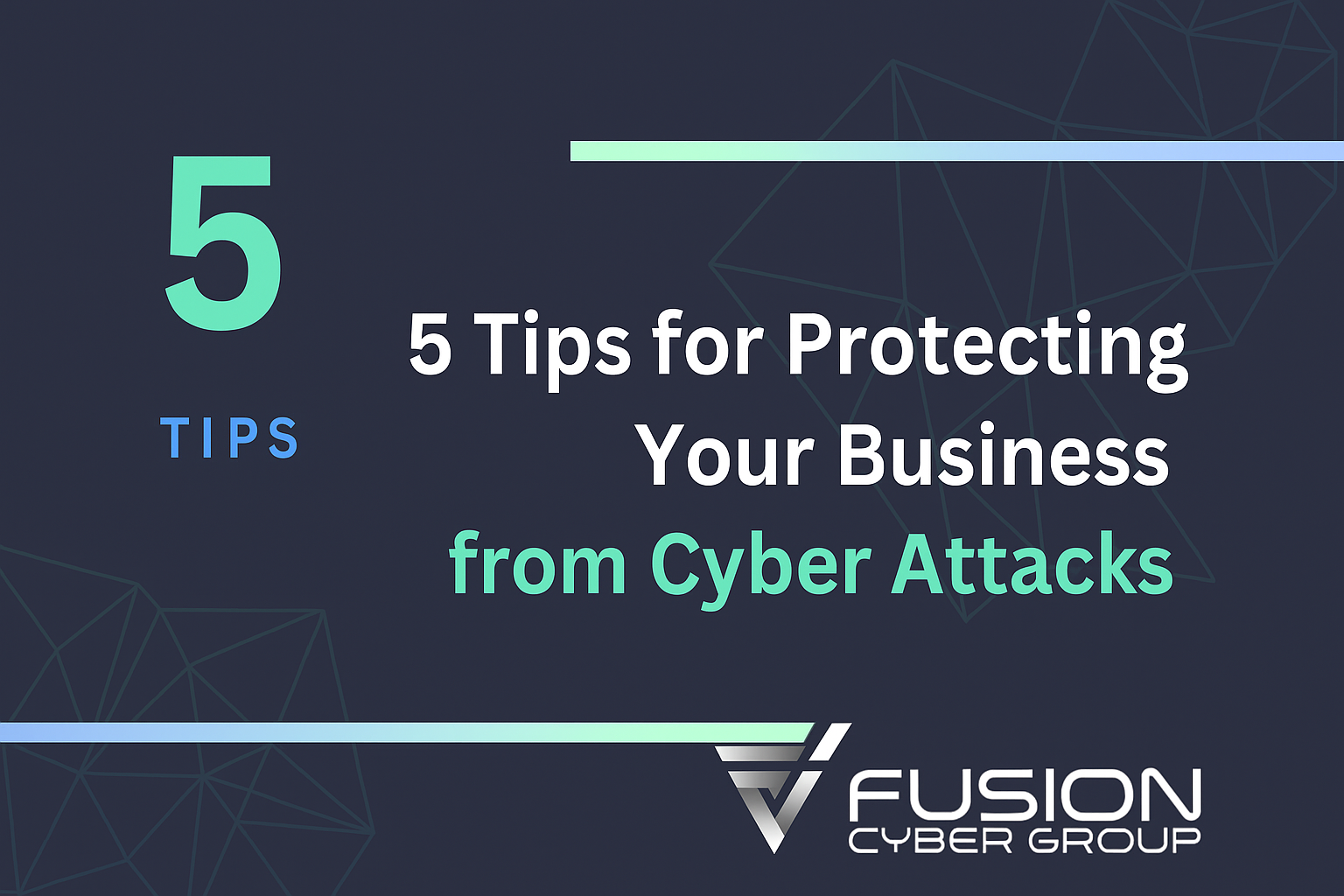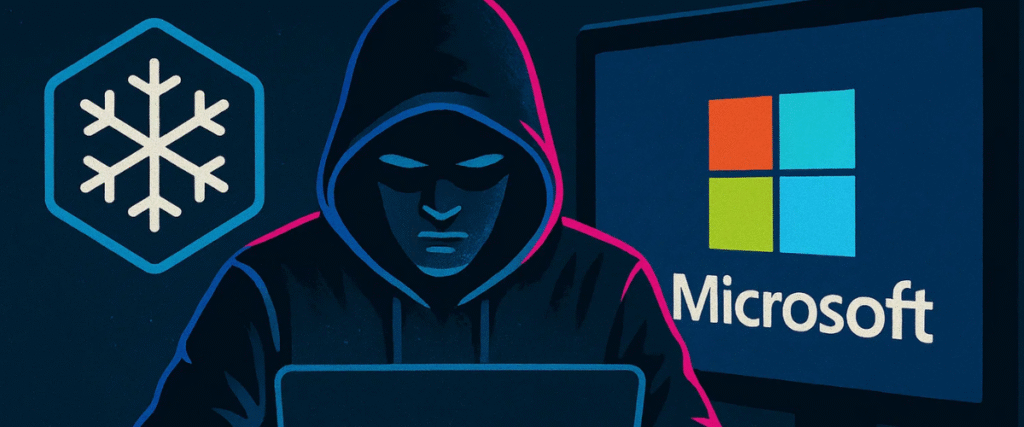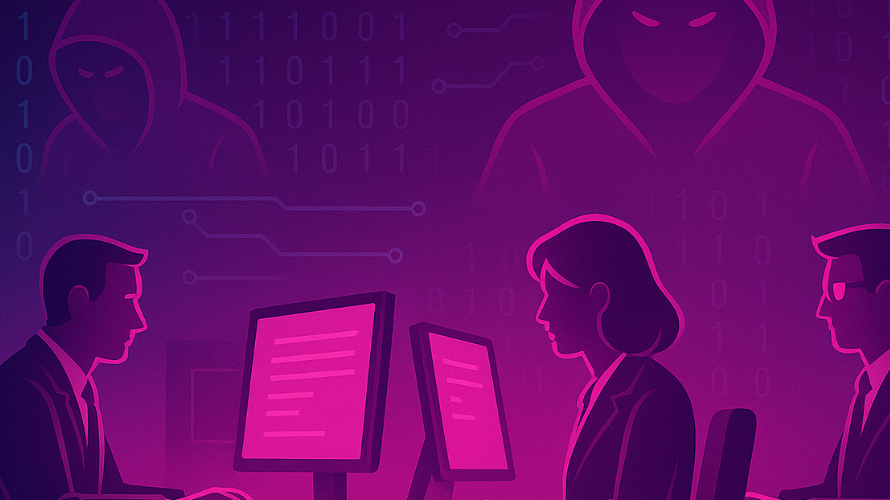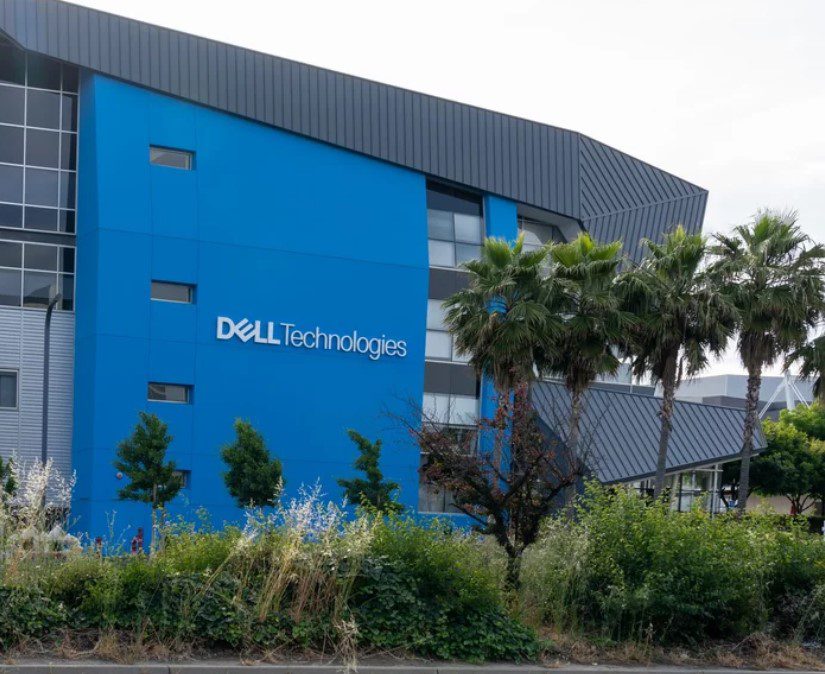SIEM for Canadian SMBs: Your Always-On Security Nerve Centre
Small and midsize businesses are now prime targets. A modern SIEM (Security Information & Event Management) gives you real-time visibility, faster detection, and audit-ready reporting—without adding headcount. Pair SIEM with a 24/7 Security Operations Centre (SOC) and you cut risk, contain incidents sooner, and stay compliant with Canadian privacy laws.
What is SIEM (and why it matters now)

SIEM is software that ingests logs from your endpoints, servers, cloud apps, firewalls, and identity systems, then correlates them to spot threats and alerts your team (or your MSSP) in real time. Think of it as a high-tech radar system for your business’s cybersecurity. Just like a pilot uses radar to navigate safely, SIEM helps you monitor your IT environment, detect security threats, and respond quickly.
For Canadian SMBs, SIEM turns scattered security tools into a single, audit-ready picture that leaders can trust. It also addresses why attackers favour smaller teams: the same payoff with less friction. Automated phishing kits, credential stuffing, and ransomware-as-a-service make it cheap and fast for criminals to test your defences at scale. Hybrid work expands your attack surface, while SaaS adoption spreads logs across many platforms. Without centralised visibility, risky activity hides in the noise.
Modern SIEM fixes that by unifying telemetry and adding context. Built-in correlation rules and User/Entity Behaviour Analytics (UEBA) flag patterns like “impossible travel,” MFA fatigue attacks, suspicious mailbox rules, and privilege escalation. Enrichment with threat intelligence highlights known-bad IPs and domains, so analysts don’t start from zero on every alert. When paired with EDR/XDR, SIEM can trigger containment—isolating a host or disabling a compromised account—within minutes.
Compliance is simpler, too. PIPEDA and Québec’s Law 25 expect safeguards and timely breach reporting. SIEM provides time-stamped evidence, retention, and clear incident timelines that auditors and insurers recognise. Executives get dashboards that translate technical events into business impact, so decisions happen faster.
Finally, a co-managed model aligns to SMB realities. Your team keeps visibility and control; a 24/7 SOC handles triage, tuning, and escalation, reducing alert fatigue and missed signals. Cloud-native deployment means predictable pricing and rapid time-to-value, with data residency options to meet Canadian requirements. The result is fewer surprises, faster containment, and a defensible security posture your board can stand behind.
The SMB reality: attackers love “just-enough IT”
Credential theft & phishing
Business email compromise (BEC) remains the fastest path to money loss. Attackers don’t need malware—just a password or an OAuth grant. Tactics include look-alike domains, MFA push fatigue, legacy IMAP pop-ups, and consent phishing that tricks users into granting a rogue app mailbox access.
What SIEM should catch: impossible travel logins, first-time sign-ins from new countries, sudden MFA disablement, creation of suspicious forwarding rules, high-risk OAuth app grants, and spikes in failed authentication across Microsoft 365 or Google Workspace. Pair detections with automated actions (disable user, revoke tokens, block the IP) to stop fraud before finance hits “send.”
Ransomware & lateral movement
One unpatched workstation or exposed RDP service is enough. Threat actors use living-off-the-land tools (PowerShell, PsExec), dump credentials, move laterally, then encrypt servers and cloud shares. Modern crews also exfiltrate data for “double extortion,” which creates legal and reputational pressure even if you restore from backup.
What SIEM should catch: sudden bursts of admin authentication, creation of new Domain Admins, mass file renames, volume shadow copy deletion, and EDR alerts correlated with unusual network connections. Trigger playbooks to isolate hosts, disable compromised accounts, and verify that backups and MFA for remote access are intact.
Shadow IT & cloud sprawl
Teams adopt SaaS to move faster—project boards, file sharing, AI tools—often without IT review. Logs live in many places, free tiers keep little history, and risky third-party connectors gain broad permissions.
What SIEM should catch: new SaaS discovered, unusual API activity, anomalous downloads, and risky OAuth scopes. Enforce SSO and SCIM provisioning, require app approval, and ingest CASB/secure web gateway events to regain visibility.
Compliance pressure
Canadian privacy laws expect demonstrable safeguards, timely breach handling, and records that show what happened and when. Auditors and insurers ask for monitoring evidence, incident timelines, and access control proof.
What SIEM should deliver: retention of key logs, alert histories, investigations with timestamps, and executive reports that translate technical signals into risk and impact. That’s how you prove due diligence, reduce renewal friction with insurers, and shorten investigations from days to hours.
Ideal SIEM for SMBs
Must-have capabilities
- Unified visibility: Collect logs from endpoints (EDR), servers, firewalls, VPNs, identity (Entra ID/Azure AD), email security, SaaS, and cloud (Microsoft 365, Google Workspace, AWS, Azure). Normalize events into a common schema so investigations don’t stall on format gaps. Eliminate blind spots by verifying every source is connected and healthy.
- Correlation rules + UEBA: Built-in detections and User/Entity Behaviour Analytics flag anomalies (impossible travel, MFA fatigue, privilege escalation). Map detections to MITRE ATT&CK so you know which tactics you’re actually covering. Baseline normal behaviour per user/device to reduce false positives as your environment changes.
- Real-time alerting: Priority-scored alerts with clear context—who, what, where, when. Use deduplication and suppression windows to prevent alert storms during known maintenance. Escalate automatically to on-call with clear next steps and ownership.
- Retention & forensics: 90–365+ days of searchable logs for investigations and audits. Support legal hold and immutable/WORM storage for evidence integrity. Fast, indexed search lets you reconstruct timelines in minutes, not days.
- Dashboards & reporting: Executive summaries, compliance-ready evidence, and drill-downs for analysts. Provide role-based views (exec, IT lead, auditor) to keep each stakeholder focused. Export clean reports for insurers, boards, and regulators without manual rework.
- Automation hooks: Ticketing, containment actions (disable account, isolate host), and SIEM-to-EDR orchestration. Require human approval for high-impact actions to balance speed and safety. Integrate with SOAR to standardize responses and capture a complete audit trail.
- Cloud-friendly: Lightweight collectors, predictable pricing, and encryption in transit/at rest. Offer Canadian data residency options and fine-grained retention tiers. Autoscale during incidents so ingestion and analytics don’t choke when you need them most.
Nice-to-have for growing teams
- Threat intelligence enrichment: GeoIP, malware families, known bad IPs/domains. Pull from multiple curated feeds and score indicators to prioritize what matters. Auto-enrich alerts so analysts see context at a glance, lowering time-to-triage.
- Playbooks: One-click responses for recurring incidents (business email compromise, brute force, web filtering blocks). Include decision trees, rollback steps, and communication templates for IT and executives. Test playbooks quarterly so they stay current and effective.
- Co-managed model: Your team sees everything; the MSSP’s SOC handles 24/7 triage and escalation. Shared consoles, clear SLAs, and regular tuning sessions keep detections aligned to your business. You retain control of approvals while offloading the midnight pager duty.
Benefits that move the needle
1) Faster detection, faster containment
- Catch credential misuse and suspicious logins as they happen. Correlate identity, email, and firewall events to spot risky patterns like MFA fatigue, impossible travel, and abnormal OAuth grants. Alerts arrive with context, so the first analyst can act—no rabbit holes.
- Shrink “dwell time” by surfacing lateral movement and data exfiltration attempts early. Link EDR, DNS, and proxy logs to reveal command-and-control beacons, mass file renames, or sudden data transfer spikes. Tie alerts to playbooks that disable accounts, revoke tokens, and isolate hosts to stop spread quickly.
2) Clear accountability for audits & insurers
- Evidence for PIPEDA/Law 25 safeguards, incident timelines, and access control monitoring. SIEM preserves tamper-resistant logs and investigation notes, creating a defensible record of who did what, when, and why.
- Structured reports that satisfy auditors and cyber-insurance questionnaires. Export executive-ready summaries, control mappings, and response timelines in minutes. Show continuous monitoring, not ad hoc screenshots, to reduce renewal friction and post-incident disputes.
3) Lower total cost of ownership
- Replace multiple point dashboards with one source of truth. Fewer consoles mean fewer licences, fewer context switches, and faster investigations. Teams spend time fixing issues—not hunting for data.
- Reduce false positives with SOC triage and mature correlation rules. Noise drops when detections consider user baselines and multiple signals. Co-managed operations absorb after-hours load, avoiding new headcount, overtime, and burnout.
4) Resilience for hybrid work and cloud
- Consistent monitoring across office, remote users, and SaaS. Whether traffic comes from a branch, home Wi-Fi, or a mobile device, telemetry lands in one place with the same detections and response paths.
- Detect risky OAuth apps, legacy protocols, and mailbox rule abuse. Flag IMAP/POP usage, auto-forwarding to external domains, and excessive API permissions. Enforce SSO, conditional access, and least privilege, while SIEM proves those controls are working.
Overcoming “old SIEM” pain
Yesterday’s blockers—hard-to-deploy appliances, professional services for every rule change, surprise ingest bills—no longer have to be your reality.
Modern SIEM for SMBs offers:
- Cloud or hybrid deployment with rapid onboarding. Zero-touch connectors pull in Microsoft 365, Google Workspace, Entra ID, AWS/Azure logs, and popular firewalls in hours, not months. Health checks verify each source is streaming so you don’t discover gaps during an incident.
- Intuitive UI for investigations and reporting. Entity-centric timelines stitch user, host, and network events into a single narrative. Guided investigations, saved queries, and “pivot” shortcuts (e.g., from alert → user → recent OAuth grants) cut triage time dramatically.
- Flat, predictable pricing aligned to users/endpoints instead of unlimited data surprises. Licensing tied to people or protected devices avoids ingest spikes driving your bill. Retention tiers (e.g., 30–90 days hot, 365+ days warm/archive) let you balance cost with search speed.
- Prebuilt integrations for Microsoft 365, Google Workspace, common firewalls, and EDR/XDR tools. Normalization into a common schema ensures rules work across vendors. Out-of-the-box detections mapped to MITRE ATT&CK reduce tuning overhead and false positives.
- Built-in automation with human-in-the-loop safety. One-click actions (disable account, isolate endpoint) require approval for high-impact steps and create a full audit trail in your ticketing system (Jira/ServiceNow/Teams/Slack).
- Security and compliance by design. Canadian data residency options, encryption in transit/at rest, RBAC, SSO/MFA, and immutable/WORM storage support PIPEDA and Law 25 evidence requirements.
- Co-managed operations. Your team retains visibility and approvals while a 24/7 SOC handles tuning, triage, and after-hours escalation—no new headcount, no midnight pager.
How to choose a SIEM
- Coverage: Can it ingest from your core stack (Microsoft 365/Google, firewalls, servers, EDR, identity, SaaS, cloud)?
Ask for a live demo showing sign-ins, email events, EDR alerts, and firewall logs stitched into one timeline. Confirm it supports your specific models (e.g., Fortinet vs. WatchGuard) and SaaS apps and that connectors are vendor-supported—not custom scripts. - Detections: Library of mapped rules to MITRE ATT&CK with UEBA.
You want prebuilt content for common SMB threats: BEC, ransomware staging, OAuth abuse, and data exfiltration. Ensure detections are continuously updated and that you can tune severity and exceptions without pro services. - Response: Built-in automation + clean handoff to your SOC/MSSP.
Verify one-click actions (disable user, revoke tokens, isolate host) with human approval and a full audit trail. Make sure escalations include business context (asset owner, data sensitivity, impact) so decisions are fast and defensible. - Reporting: PIPEDA/Law 25 evidence, executive dashboards, and insurer-friendly exports.
You should be able to produce incident timelines, access reviews, and control attestations in minutes. Role-based reports for executives, IT, and auditors reduce handholding and support renewal conversations with insurers. - Costs: Transparent licensing; storage retention options; no hidden overage fees.
Prefer user/endpoint-based pricing to avoid data-ingest shocks. Check hot vs. archive retention tiers (e.g., 90 days searchable, 1 year archive) and confirm what happens to price during an incident surge. - Co-management: Shared console access, role-based permissions, and clear SLAs.
Your team keeps visibility and approvals while the SOC handles 24/7 triage. Demand written SLAs for detection, investigation, and escalation times—plus monthly tuning sessions tied to real incidents. - Onboarding: Days, not months—agents, connectors, and runbooks ready to go.
Insist on a pilot plan with success criteria (e.g., connect top 5 log sources, detect BEC simulation, generate audit report). Health checks should alert you if a connector breaks so you don’t lose visibility. - Support: 24/7 SOC with certified analysts (CISSP, OSCP, CEH, etc.).
Meet the team who will page you at 2 a.m. Ask for redacted incident examples showing triage notes and business recommendations—not just raw alerts. - Security of the platform: Data residency options, encryption, role-based access.
Confirm Canadian data residency if required, plus SSO/MFA, RBAC, and immutable/WORM storage for evidence. Ask about vendor security attestations (SOC 2, ISO 27001) and how they segregate tenant data. - References: Proven SMB outcomes in your size and sector.
Request 2–3 Canadian SMB references and ask about time-to-value, false positive reduction, and incident outcomes. A strong vendor can articulate ROI in fewer incidents, shorter investigations, and smoother audits.
Risks of “SIEM-less” security
Silent account takeover:
Fraudulent invoices, payroll changes, and vendor-payment scams. Attackers add hidden inbox rules, register rogue OAuth apps, and wait for the perfect payable moment. Finance sees a familiar sender and approves. Losses cascade to customers and partners, damaging reputation and cash flow.
Audit/insurance issues:
Hard to prove controls or timelines without centralized logs. Auditors and carriers expect evidence of continuous monitoring, access reviews, and incident timelines. Gaps drive higher premiums, exclusions, or claim disputes—especially if you cannot demonstrate when the breach began and how it was contained.
Costly investigations:
Forensics take longer when logs are scattered or missing. SaaS free tiers age out data; endpoints get reimaged; chain-of-custody suffers. You pay for external consultants, legal counsel, and overtime while operations stall. The total cost often dwarfs the price of preventative monitoring.
Breach amplification:
No correlation means small anomalies go unnoticed until they become business-stopping events. A few failed logins turn into lateral movement, ransomware, and data exfiltration (double extortion). Recovery windows stretch, mandatory notifications kick in, and business continuity plans are stress-tested in real time.
Conclusion: Turn SIEM Signals into Business Outcomes
If this article resonates, you already know the takeaway: centralised visibility isn’t a “nice-to-have”—it’s table stakes for resilient, audit-ready operations. The question isn’t whether to run SIEM; it’s how to run it without piling work onto a small team.
Fusion Cyber turns your “ideal SIEM” list into a managed outcome. Our co-managed SIEM + 24/7 SOC correlates identity, email, endpoint, network, and cloud signals—then triages, escalates, and helps contain threats in real time. We pair SIEM with MDR/EDR/XDR, threat hunting, and automated playbooks so action follows insight: disable compromised accounts, isolate risky hosts, and block data exfiltration—fast.
Compliance and board reporting come baked in. We operate within MITRE ATT&CK and the Cyber Kill Chain, and deliver PIPEDA/Law 25 evidence—incident timelines, access reviews, and control attestations your auditors and insurers recognise. Need resilience beyond detection? Our BCDR and cloud backups keep you operating, while DFIR stands ready if the worst happens—backed by Fusion Cyber’s financially backed Cybersecurity Guarantee for fully onboarded clients.
You keep control and visibility; we handle the midnight pager. Expect predictable pricing, Canadian data residency options, and a shared console that makes co-management simple.
Featured links:
IBM Cost of a Data Breach Report 2024
AI agents and autonomous AI | Deloitte Insights
FAQ:
What makes AI agents different from traditional software?
AI agents don’t just follow static rules—they act autonomously, learn from data, and make decisions in real time. This flexibility boosts productivity but also makes them harder to govern compared to traditional apps.
Why do AI agents need identity and access controls?
Just like employees, AI agents can access sensitive systems and data. Without defined roles and restrictions, they may overstep, leak information, or cause compliance violations. Identity controls reduce these risks by enforcing accountability and least-privilege access.
What is “shadow AI,” and why is it risky?
Shadow AI refers to employees using unauthorized AI tools without IT approval. These tools may process sensitive information without proper safeguards, leading to data exposure, compliance issues, and business risk.
How can SMBs manage AI risks without overburdening IT teams?
SMBs can partner with managed security providers (MSSPs/MSPs). These partners offer 24/7 monitoring, non-human identity management, and rapid incident response—delivering enterprise-grade protection without the cost of a full internal team.
Our Cybersecurity Guarantee
“At Fusion Cyber Group, we align our interests with yours.“
Unlike many providers who profit from lengthy, expensive breach clean-ups, our goal is simple: stop threats before they start and stand with you if one ever gets through.
That’s why we offer a cybersecurity guarantee: in the very unlikely event that a breach gets through our multi-layered, 24/7 monitored defenses, we will handle all:
threat containment,
incident response,
remediation,
eradication,
and business recovery—at no cost to you.
Ready to strengthen your cybersecurity defenses? Contact us today for your FREE network assessment and take the first step towards safeguarding your business from cyber threats!









